Home>Garden Essentials>How To Grow Moss As Ground Cover
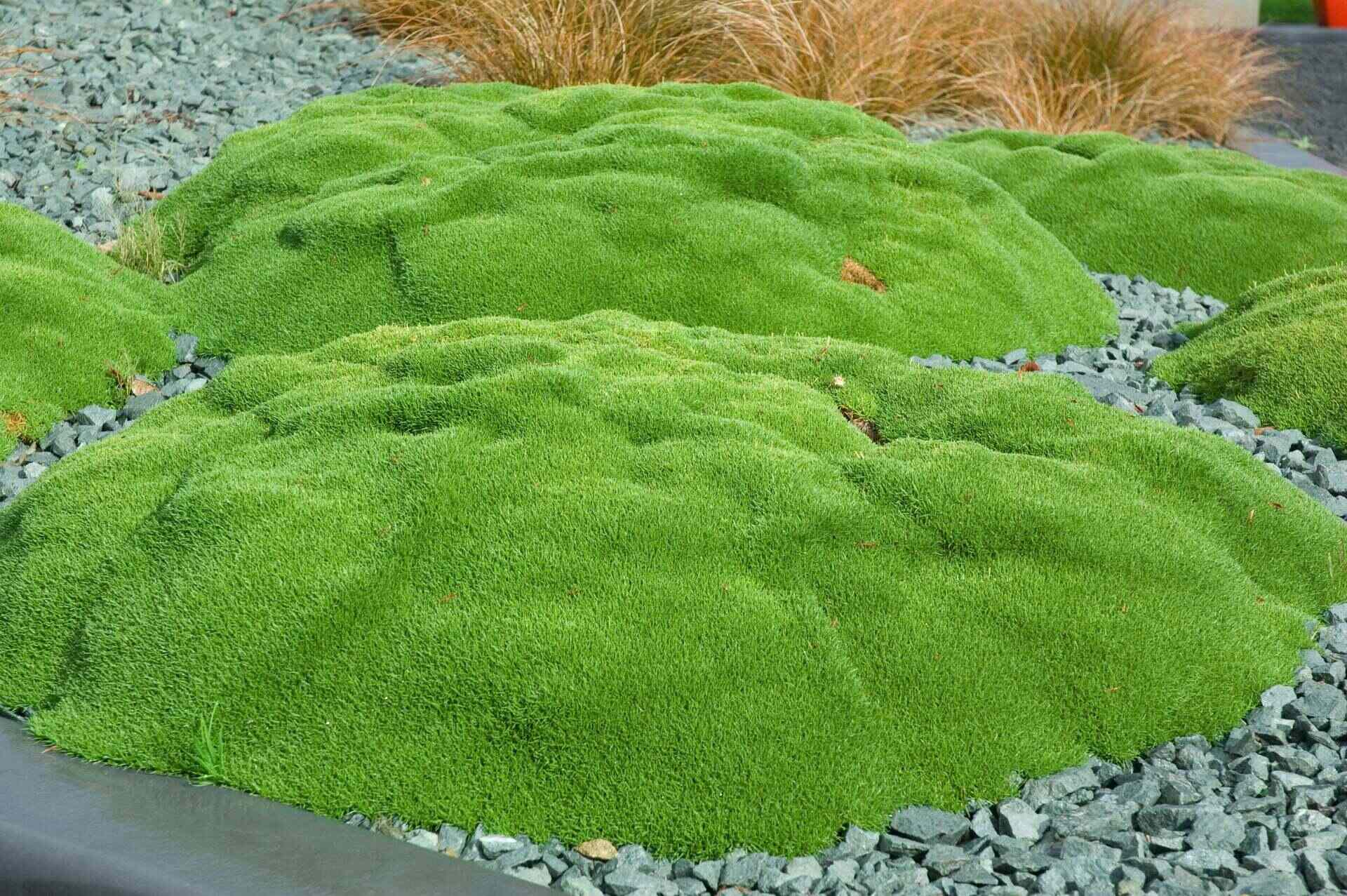

Garden Essentials
How To Grow Moss As Ground Cover
Modified: March 7, 2024
Learn how to use moss as an attractive ground cover in your garden. Discover the best techniques and tips for cultivating a lush and vibrant moss garden.
(Many of the links in this article redirect to a specific reviewed product. Your purchase of these products through affiliate links helps to generate commission for Storables.com, at no extra cost. Learn more)
Introduction
Welcome to the world of moss, a versatile and enchanting plant that can serve as a beautiful ground cover in your garden. Whether you have a shady corner, a damp patch of soil, or a rocky area that is difficult to grow other plants in, moss can be the perfect solution. Not only does it add a touch of greenery and texture to your landscape, but it also requires minimal maintenance once established, making it an excellent choice for busy gardeners.
In this article, we will explore the art of growing moss as ground cover, from choosing the right moss variety to troubleshooting common issues that may arise. By the end, you’ll have all the knowledge you need to embark on your moss-growing journey.
Key Takeaways:
- Moss is a versatile and low-maintenance ground cover for gardens, thriving in shady, damp, or rocky areas. Choose the right moss variety and prepare the ground with a “moss milkshake” for successful growth.
- To maintain moss as ground cover, keep it moist, control weeds, and gently remove debris. Troubleshoot common issues like browning, poor growth, and excessive moss, ensuring a vibrant and visually appealing garden.
Read more: How To Grow Rye For Ground Cover
Choosing the Right Moss
When it comes to selecting the right moss for your ground cover, there are a few factors to consider. Different moss species have different preferences for light, moisture, and soil conditions. By understanding these requirements, you can ensure the best chances of success in growing moss as ground cover.
One of the most common types of moss used for ground cover is the carpet moss (genus Hypnum). Carpet moss has a dense and compact growth habit, making it ideal for filling in large areas. It thrives in moist and shady conditions, making it perfect for areas that receive dappled sunlight or are in the shadow of larger plants or trees.
If you have a particularly damp area in your garden, you might want to consider using sphagnum moss. Sphagnum moss has excellent moisture-retention properties and can handle consistently wet soil conditions. It is often used in bog gardens or alongside water features.
For rock gardens or areas with poor soil quality, you can opt for rock cap moss (genus Dicranum). This moss variety has a sturdy growth habit and can tolerate harsh conditions. It can cling to rocks and other hard surfaces, adding a touch of greenery to otherwise barren landscapes.
When choosing moss for your ground cover, it’s important to source it ethically and sustainably. You can collect moss from fallen logs, stones, or existing moss patches in your garden, ensuring that you don’t deplete natural habitats. Alternatively, you can purchase moss from reputable nurseries or seek permission from landowners before harvesting in the wild.
Preparing the Ground for Moss Growth
Before you start establishing moss as ground cover, it’s essential to prepare the soil to create the ideal growing conditions. Moss prefers a slightly acidic environment with good moisture retention. Follow these steps to prepare the ground for moss growth:
- Clear the area: Remove any existing plants, weeds, or debris from the area where you plan to grow moss. This will give the moss a clean and open space to establish itself.
- Test the soil pH: Moss thrives in slightly acidic soil with a pH between 5.0 and 6.0. Test the soil’s pH level using a soil testing kit, available at garden centers. If the pH is too high, you can lower it by adding elemental sulfur or organic matter such as peat moss.
- Improve drainage: Moss requires moisture, but it cannot tolerate waterlogged soil. If your soil retains too much water, you can improve drainage by amending it with organic matter or creating small drainage channels to allow excess water to flow away.
- Create a moss milkshake: To give your moss the best chance of establishing, you can create a “moss milkshake.” Blend moss pieces with equal parts water in a blender until it forms a thick, slurry-like consistency. This mixture will help the moss adhere to the ground and encourage faster growth.
- Apply the moss milkshake: Using a paintbrush or sprayer, apply the moss milkshake evenly over the prepared ground. Coating the area with a thin layer of moss slurry will help facilitate its growth and establishment.
By taking the time to properly prepare the ground, you are setting a solid foundation for the moss to thrive and spread. With the right conditions in place, you will soon see your ground cover flourish with vibrant green moss.
Establishing Moss on the Ground
Establishing moss on the ground requires a bit of patience and care, but the results are well worth the effort. Follow these steps to ensure successful moss growth:
- Keep the moss moist: Mosses thrive in consistently moist environments. After applying the moss milkshake, mist the area with water to keep the soil and moss moist. Avoid excessive watering that can cause waterlogging.
- Monitor sunlight exposure: Most moss varieties prefer partial to full shade, as direct sunlight can dry out and damage the delicate moss. Observe the site throughout the day to ensure it receives the appropriate amount of shade.
- Control weed growth: As the moss establishes, keep an eye out for any weed growth. Remove any weeds that sprout in the moss bed, as they can compete for nutrients and inhibit moss growth. Be careful not to disturb the moss too much while removing weeds.
- Be patient: Moss growth is a gradual process, and it may take several weeks or even months for the moss to spread and fill in the area. Be patient and resist the temptation to disrupt the moss bed. Over time, the moss will gradually spread and create a lush green ground cover.
It’s important to note that moss growth can be influenced by environmental factors such as temperature and humidity. If you live in a dry or arid climate, you may need to provide extra moisture to the moss to ensure its survival.
Once the moss is established and starts spreading, it will require minimal maintenance. Regular misting and monitoring for any potential issues such as weed growth or drying out will help the moss thrive and provide a beautiful ground cover in your garden.
To grow moss as ground cover, keep the area moist and shaded, and avoid walking on it. You can also transplant small pieces of moss to help it spread.
Maintaining Moss as Ground Cover
Maintaining moss as ground cover is relatively simple compared to other types of plants. Here are some tips to help you keep your moss flourishing:
- Keep it moist: Moss requires consistent moisture to thrive. Regularly mist the moss with water, especially during dry spells or hot periods. Avoid overwatering, as excessive moisture can lead to rot or fungal diseases.
- Control weed growth: Monitor the moss bed for any weed growth and promptly remove any invasive plants. Weeds can compete with the moss for nutrients and space, hindering its growth. Be cautious when pulling weeds to prevent damaging the delicate moss.
- Gently brush off debris: Over time, debris such as fallen leaves or twigs may accumulate on the moss. Use a soft brush or broom to gently brush away any debris, being careful not to disturb the moss too much.
- Avoid excessive foot traffic: While moss can handle some light foot traffic, it is best to avoid heavy or frequent stepping on the moss bed. Constant foot traffic can damage and compact the delicate moss, hindering its growth and spreading.
- Monitor for pests: Although moss is generally resistant to pests, some insects or slugs may occasionally feed on it. If you notice any pest damage, manually remove the pests or use organic pest control methods to protect the moss.
By following these maintenance practices, you can ensure that your moss ground cover remains healthy, vibrant, and visually stunning throughout the seasons. Remember to regularly assess the condition of the moss and provide the necessary care to help it thrive.
Read more: Sweet Woodruff: How To Grow Ground Cover
Troubleshooting Common Moss Growing Issues
While moss is a relatively low-maintenance plant, it can still face certain challenges during its growth. Here are some common issues that may arise when growing moss as ground cover and how to troubleshoot them:
- Browning or drying out: If you notice patches of browning or drying out in your moss, it may be an indication of inadequate moisture. Increase the frequency of watering or misting to ensure the moss remains consistently moist.
- Weed invasion: Weeds can be a persistent problem in moss beds, competing with the moss for resources. Regularly inspect the moss for any weed growth and manually remove them, being careful not to disturb the moss in the process.
- Poor growth or spreading: If your moss is not spreading or growing as expected, it may be due to unfavorable conditions. Ensure that the moss is in a suitable environment with the right amount of shade, moisture, and acidity. Adjust any factors that may be hindering its growth, such as increasing shade or improving soil acidity.
- Yellowing or discoloration: Moss can sometimes develop yellow spots or discoloration due to nutrient deficiencies or environmental stress. Consider adding a balanced moss fertilizer or organic matter to provide essential nutrients and improve the overall health of the moss.
- Excessive moss growth: While moss as ground cover is desired, it may become overwhelming in some cases, growing beyond the desired boundaries. To control excessive moss growth, manually trim or remove the excess moss using scissors or a garden rake. This will help maintain a neat and well-contained moss bed.
- Winter damage: In colder climates, moss can be susceptible to damage during harsh winter conditions. Protect the moss from extreme cold temperatures, frost, or heavy snow by covering the area with a layer of mulch or burlap. This will provide insulation and prevent winter damage.
By troubleshooting and addressing these common issues promptly, you can help your moss ground cover remain healthy and visually appealing throughout its growth cycle.
Conclusion
Congratulations! You are now equipped with the knowledge and skills to successfully grow moss as ground cover in your garden. With its enchanting green carpet-like appearance, moss can transform any area into a lush and inviting space. By choosing the right moss variety, preparing the ground properly, and providing the necessary care, you can create a beautiful and low-maintenance ground cover that will enhance the beauty of your outdoor space.
Remember to select moss species that thrive in the specific conditions of your garden, whether it’s a shady corner, a damp area, or a rocky landscape. Prepare the ground by clearing the area, testing the pH, improving drainage, and applying a moss milkshake to promote moss growth. Once established, keep the moss moist, control weeds, gently remove debris, and avoid excessive foot traffic to maintain its health and vibrancy. Monitor for common issues such as browning, weed invasion, poor growth, yellowing, excessive moss growth, and winter damage, and take appropriate measures to address them.
Growing moss as ground cover can bring a natural and calming element to your garden while requiring minimal maintenance. So go ahead and embark on this moss-growing journey, and witness the beauty and tranquility that moss can bring to your outdoor space. Happy gardening!
Frequently Asked Questions about How To Grow Moss As Ground Cover
Was this page helpful?
At Storables.com, we guarantee accurate and reliable information. Our content, validated by Expert Board Contributors, is crafted following stringent Editorial Policies. We're committed to providing you with well-researched, expert-backed insights for all your informational needs.
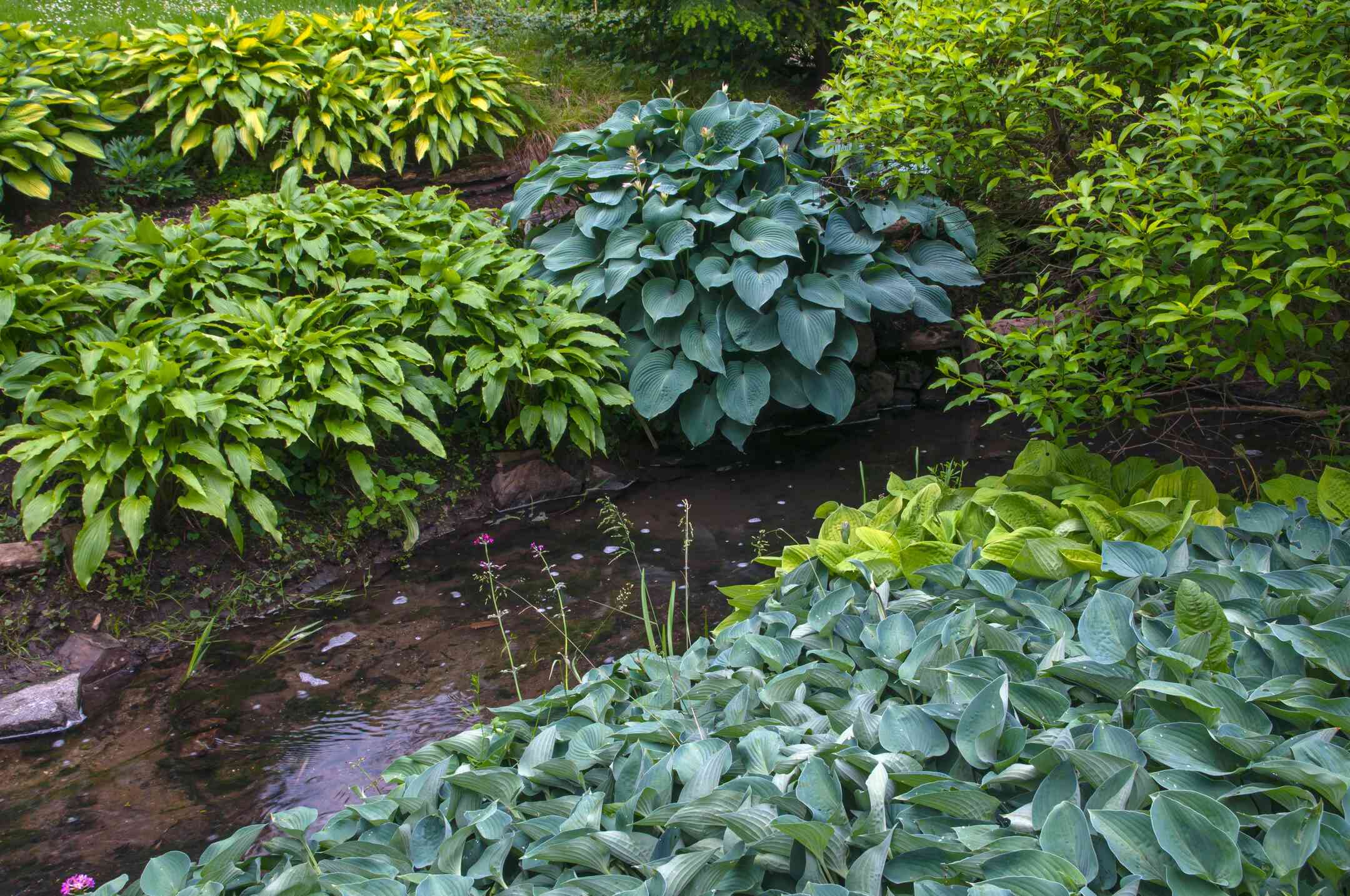
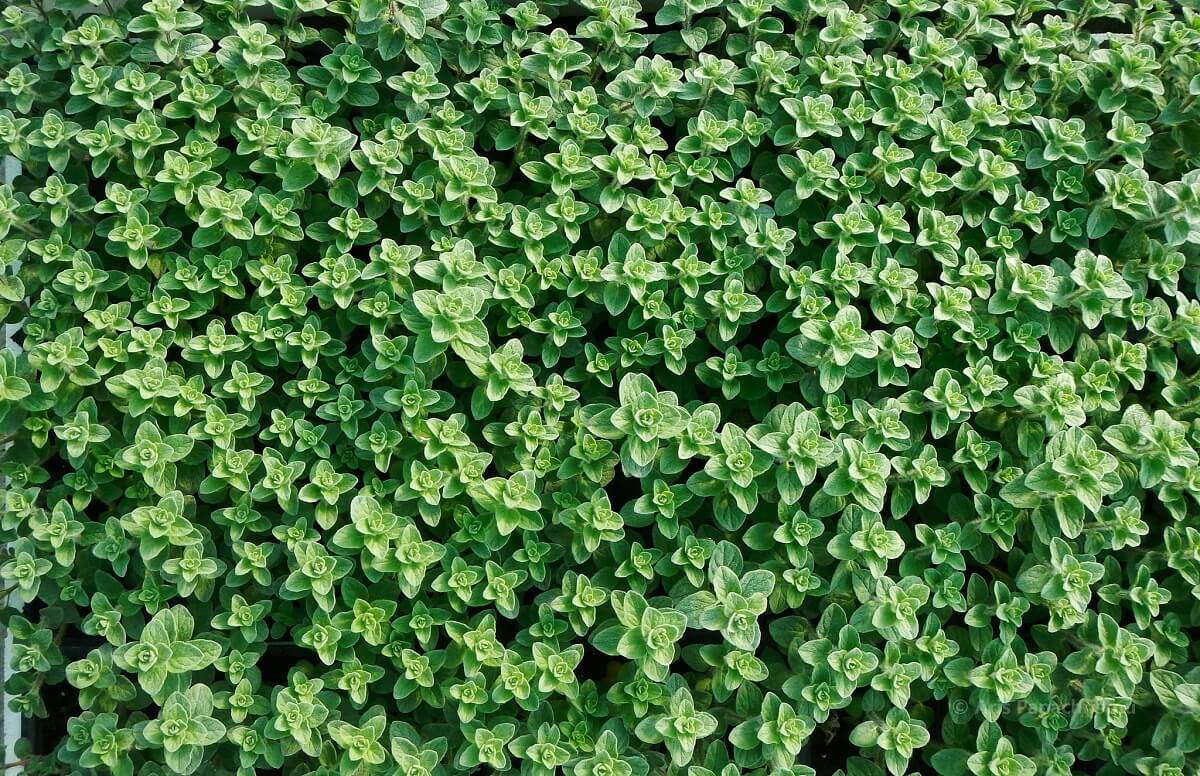
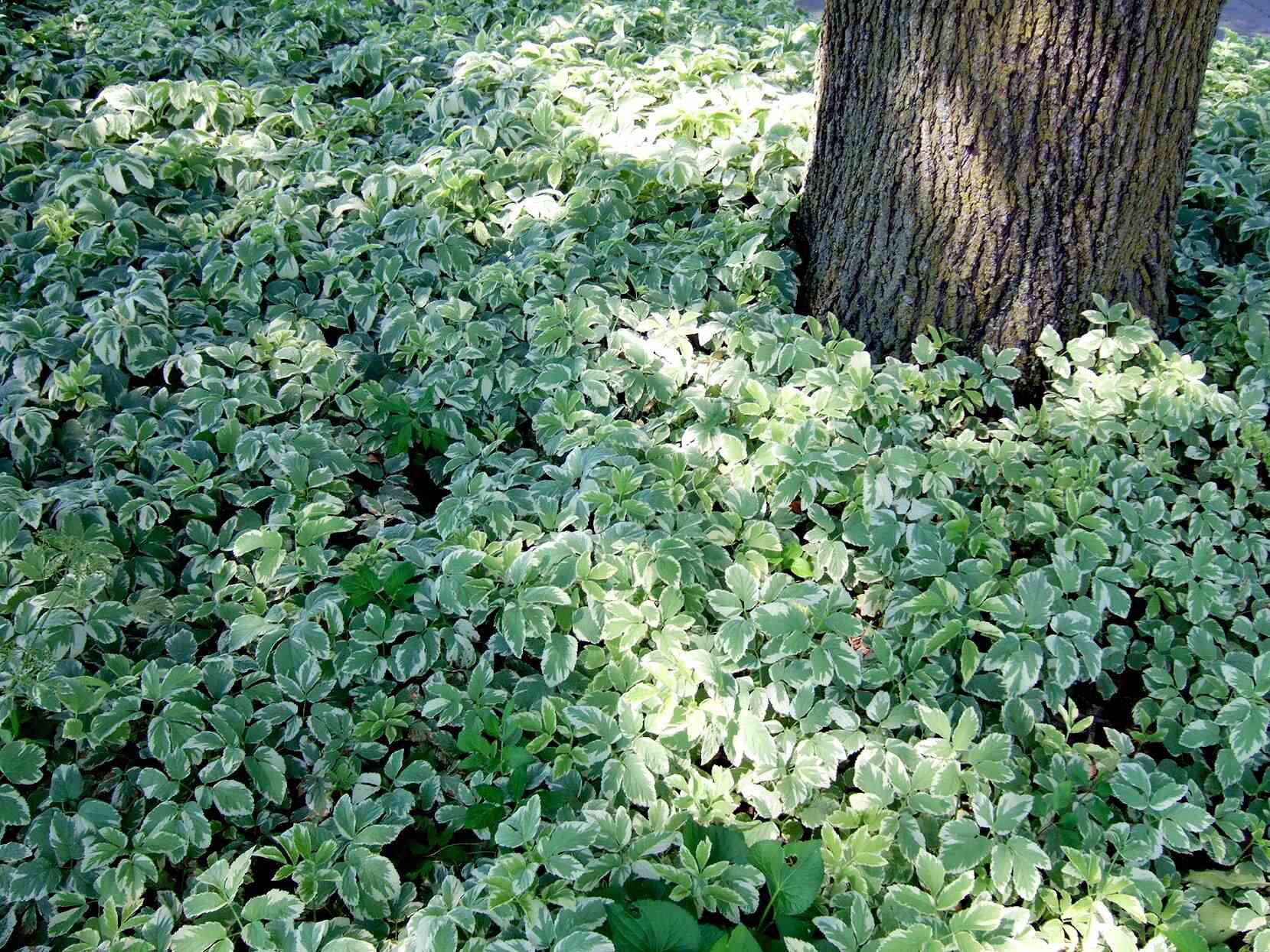
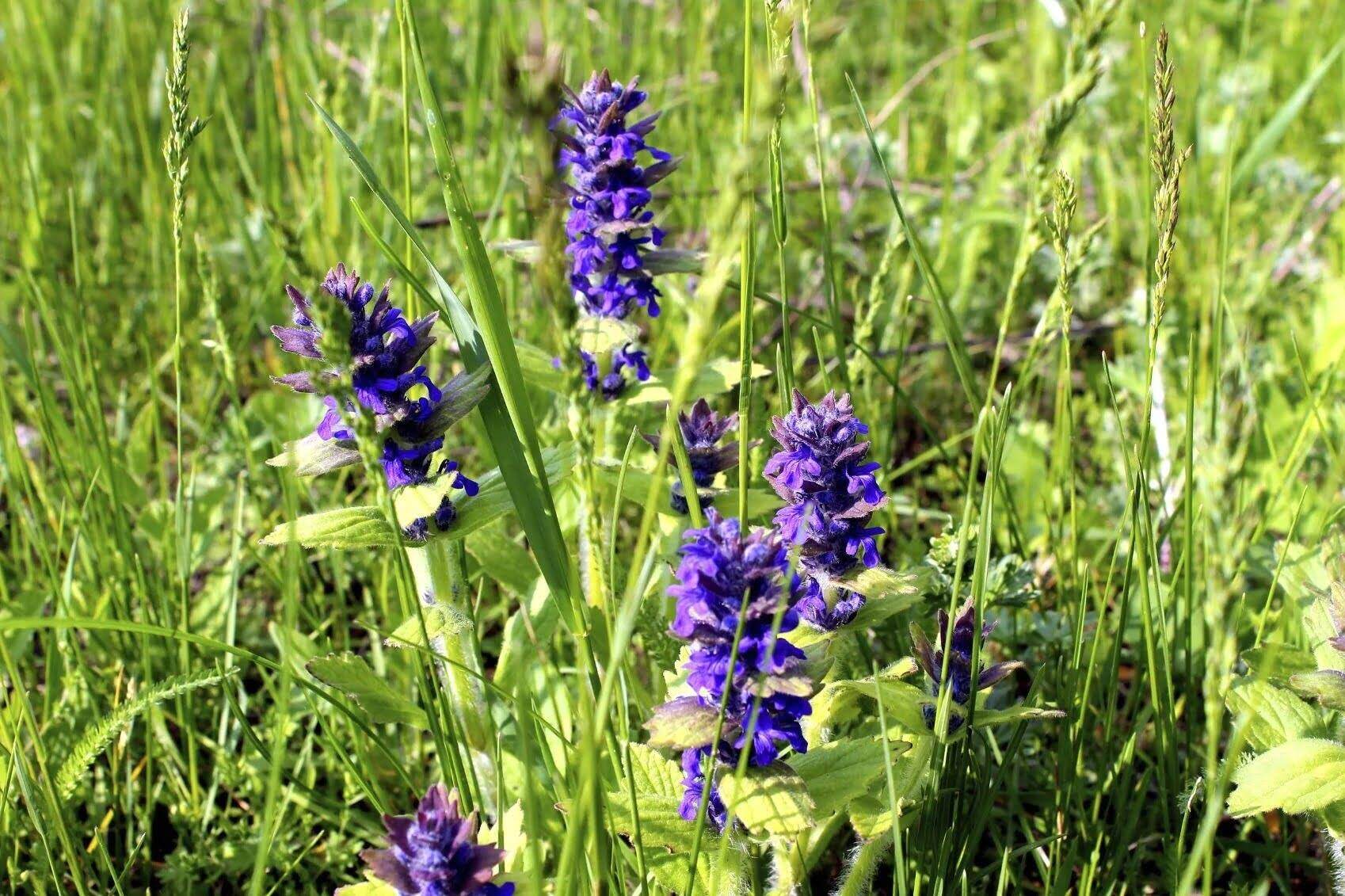
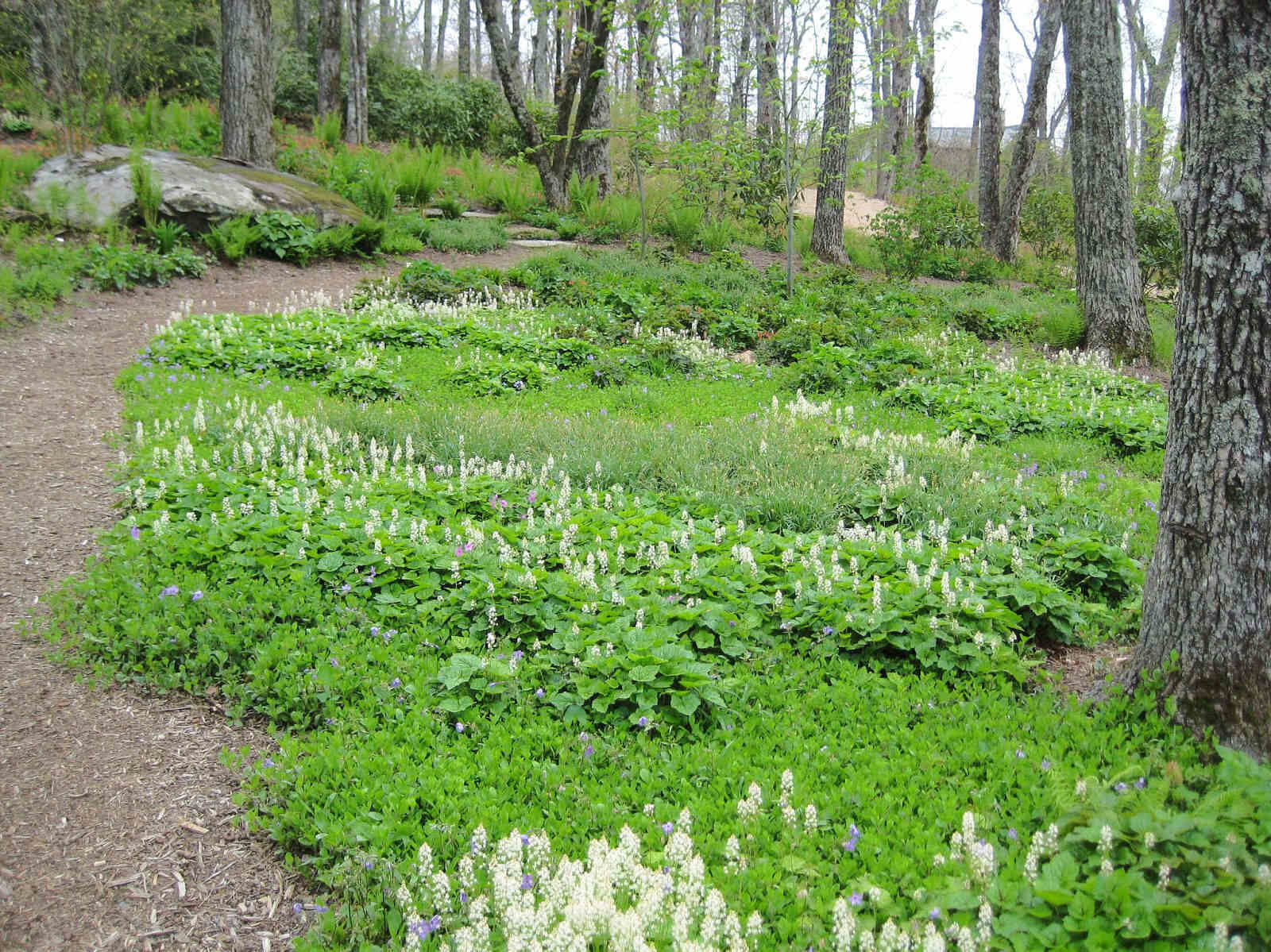
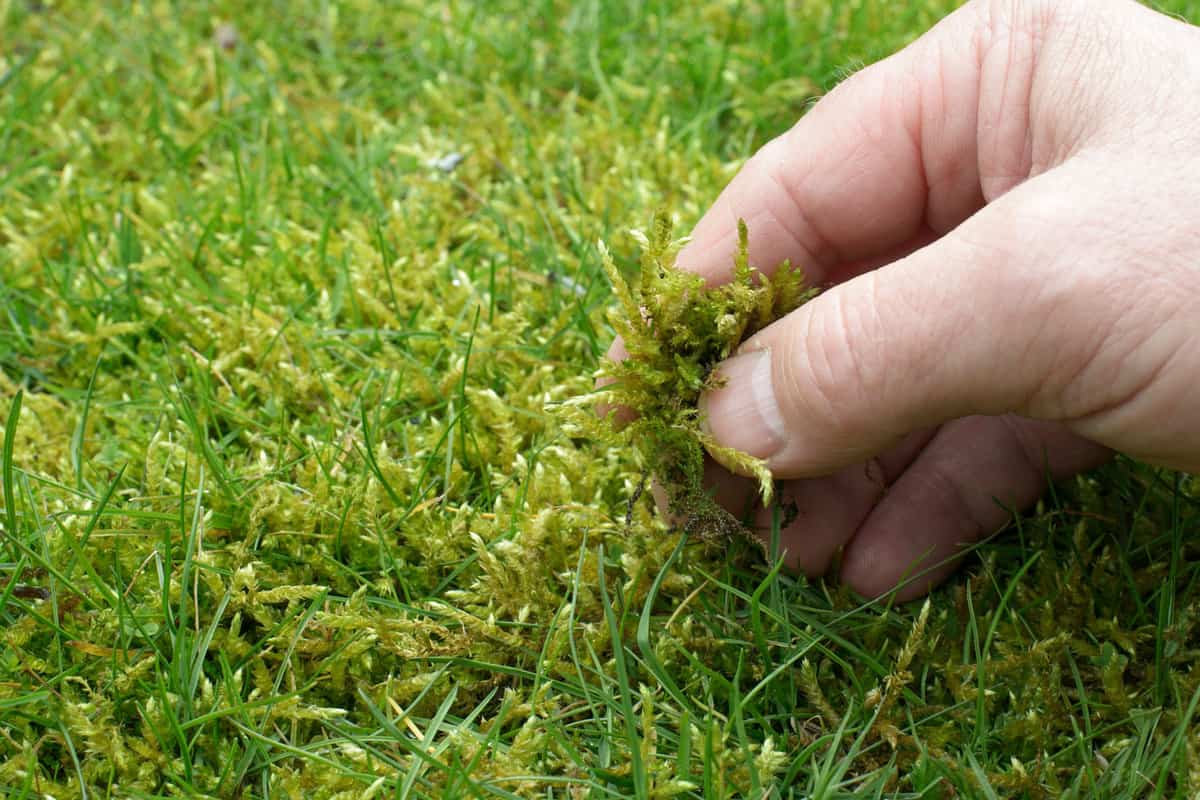
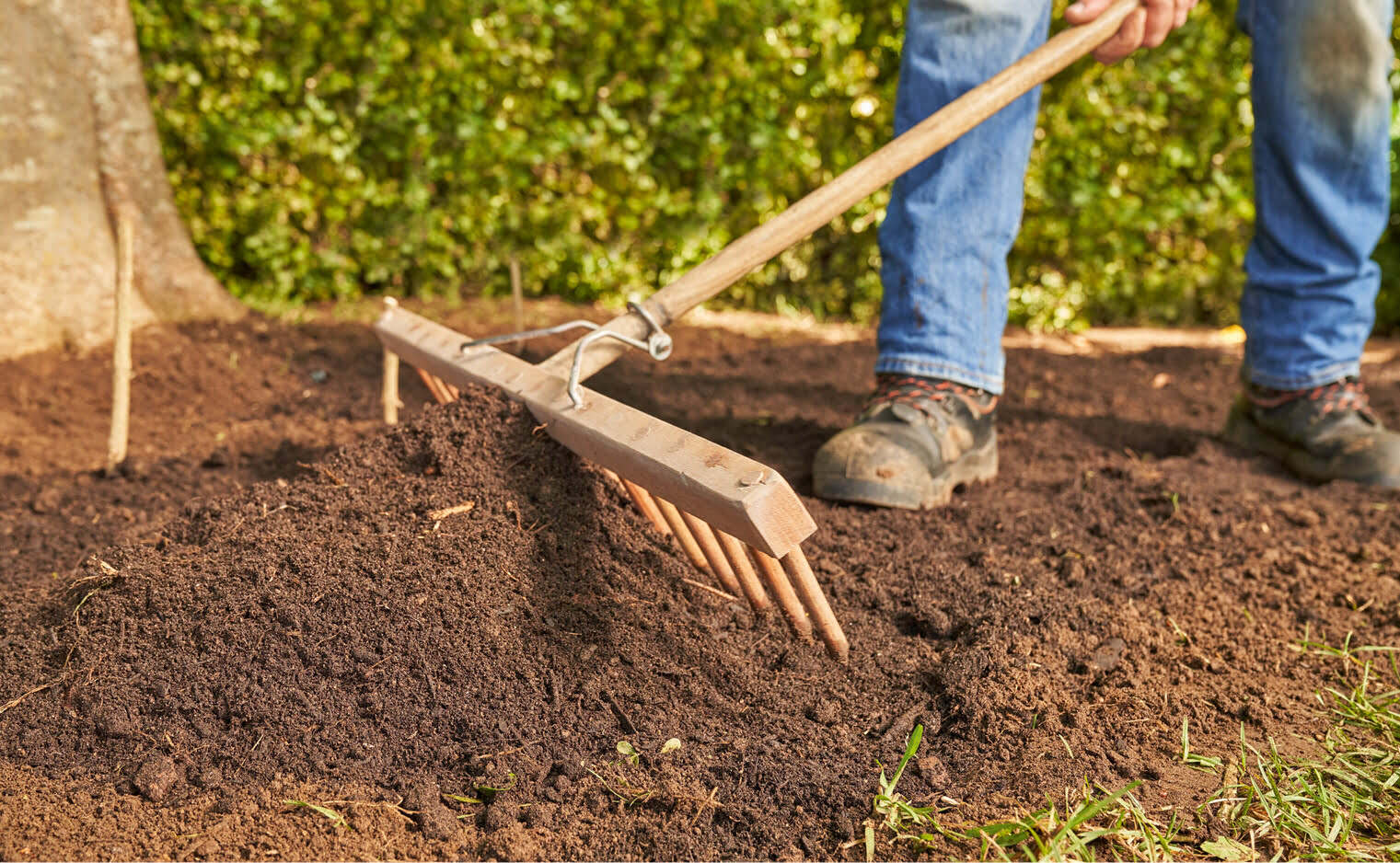
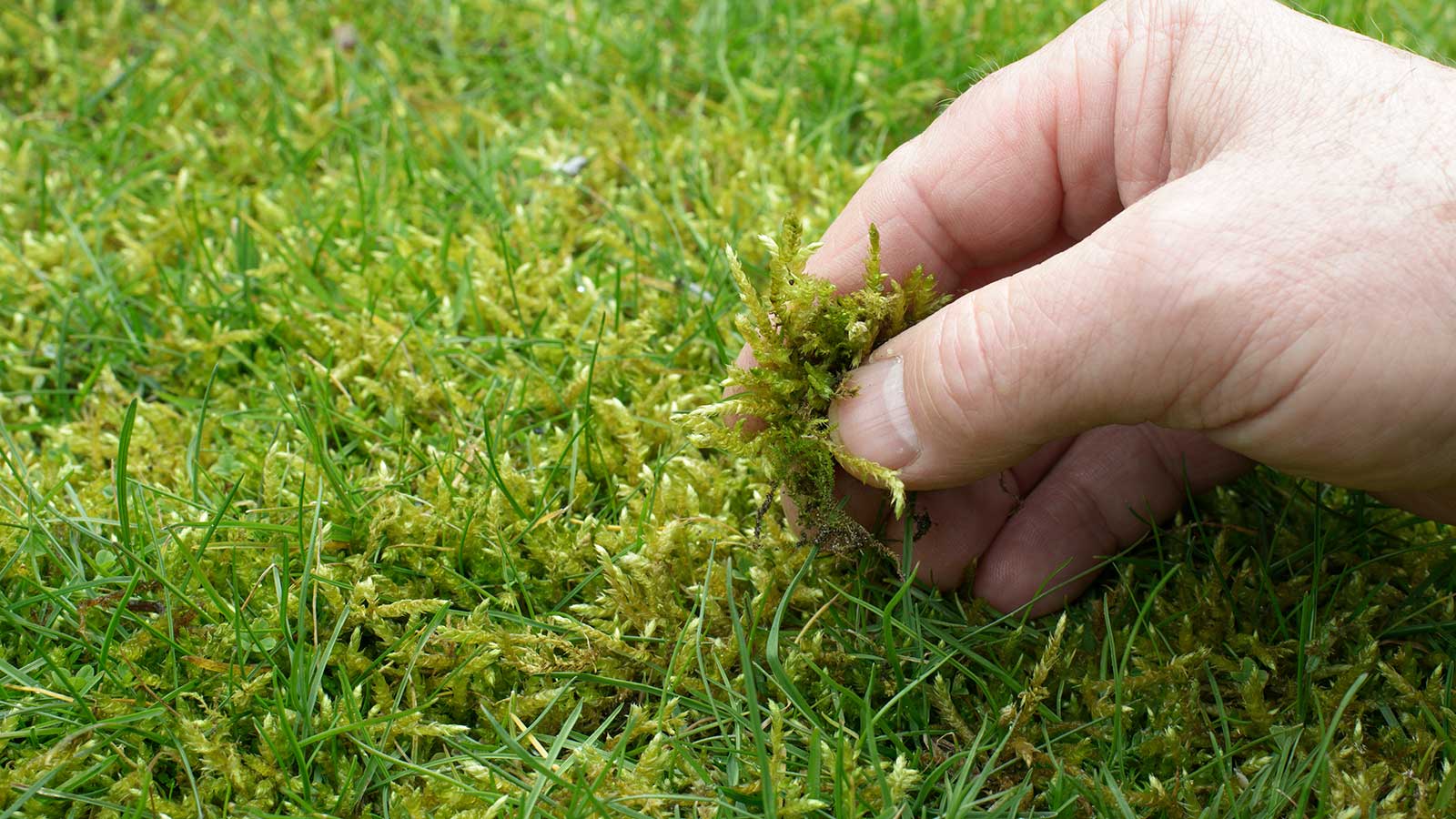
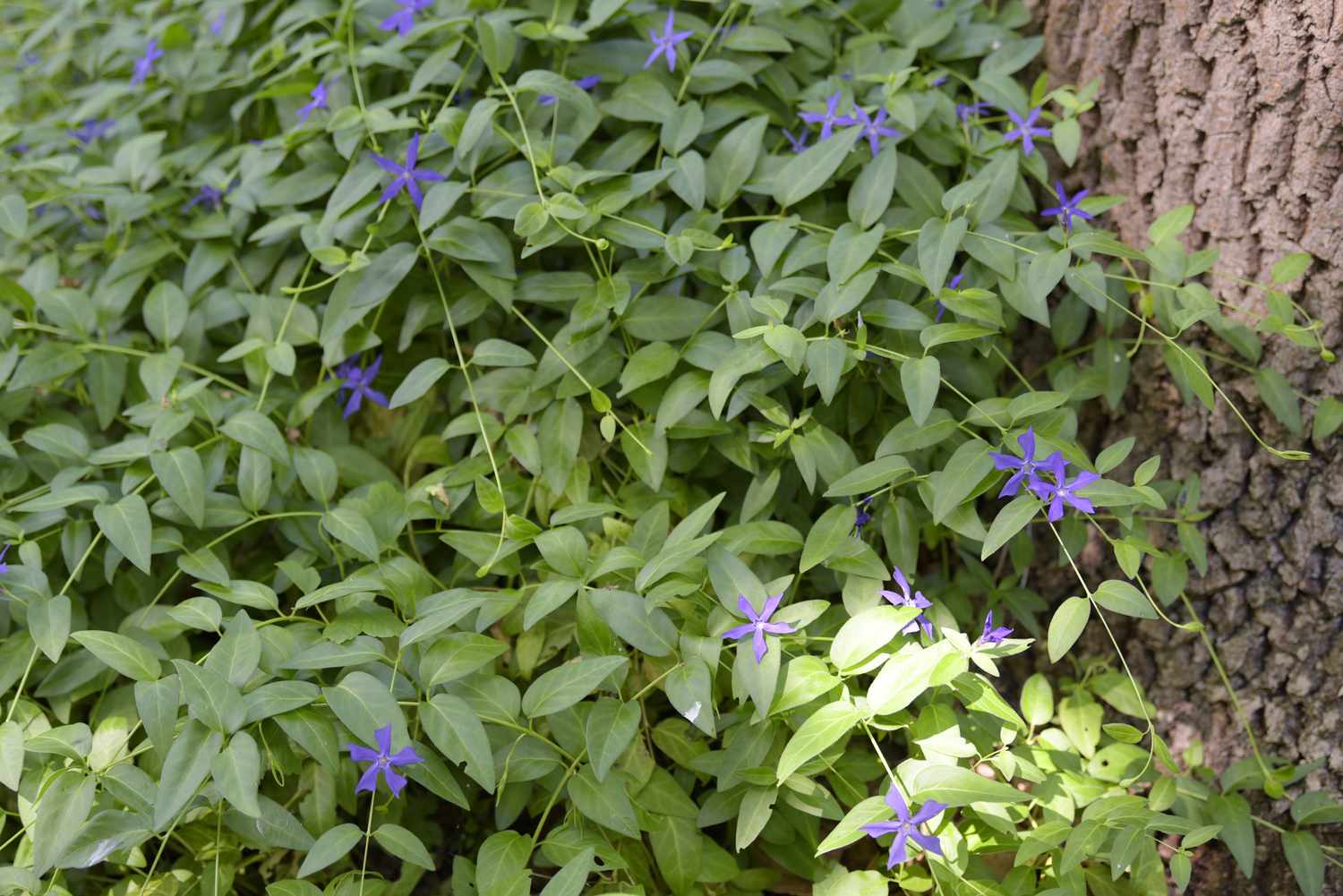
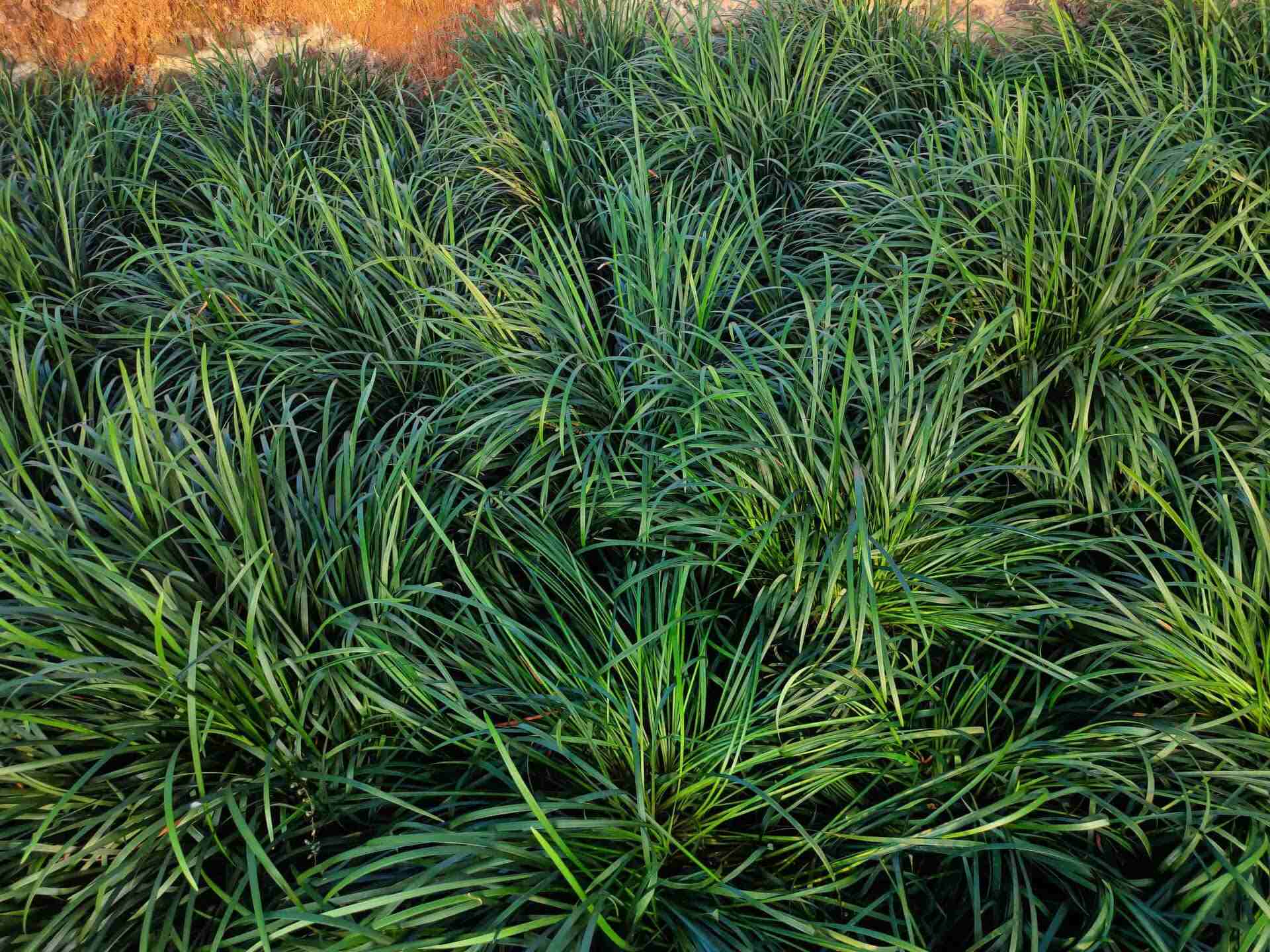

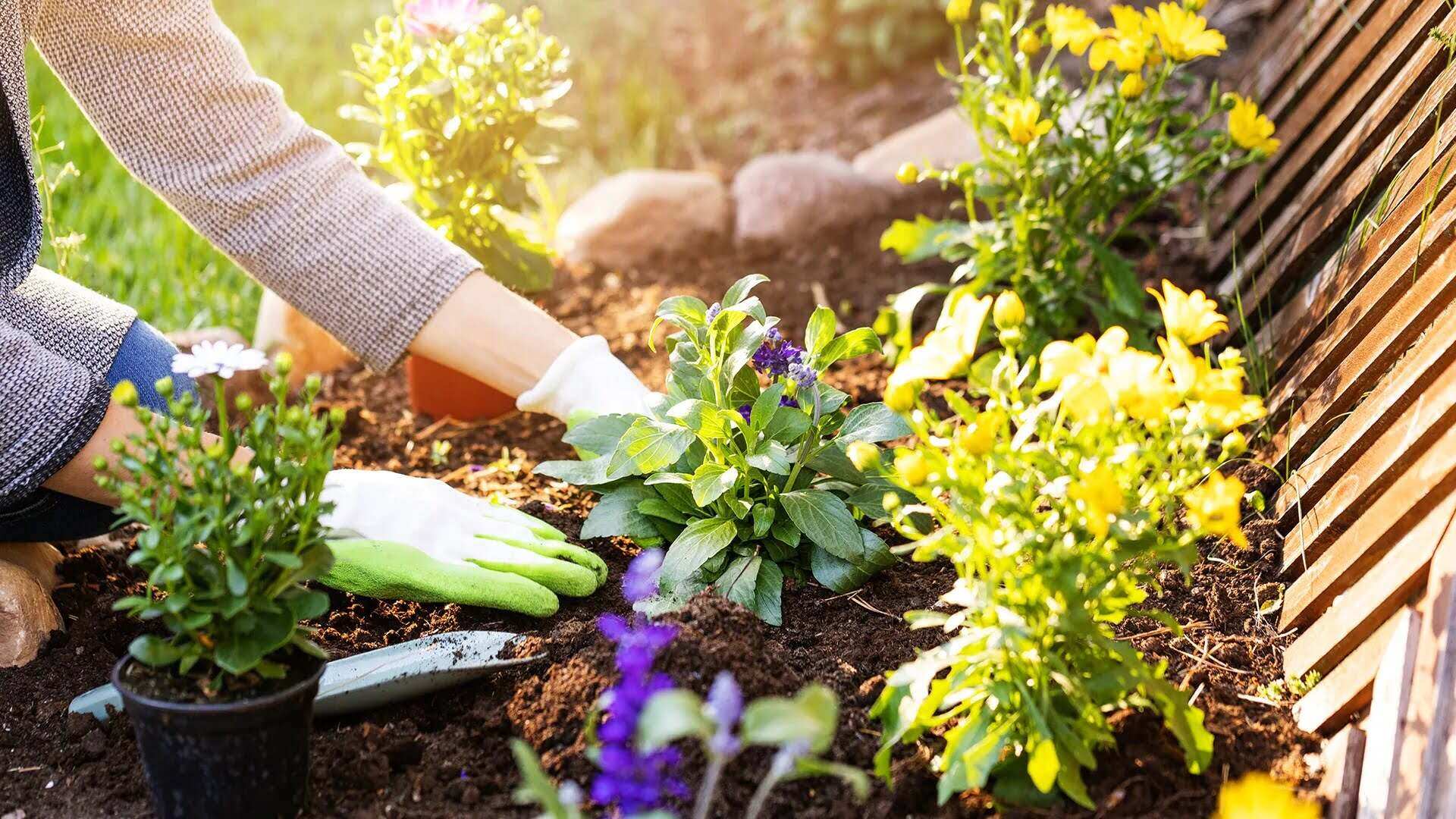

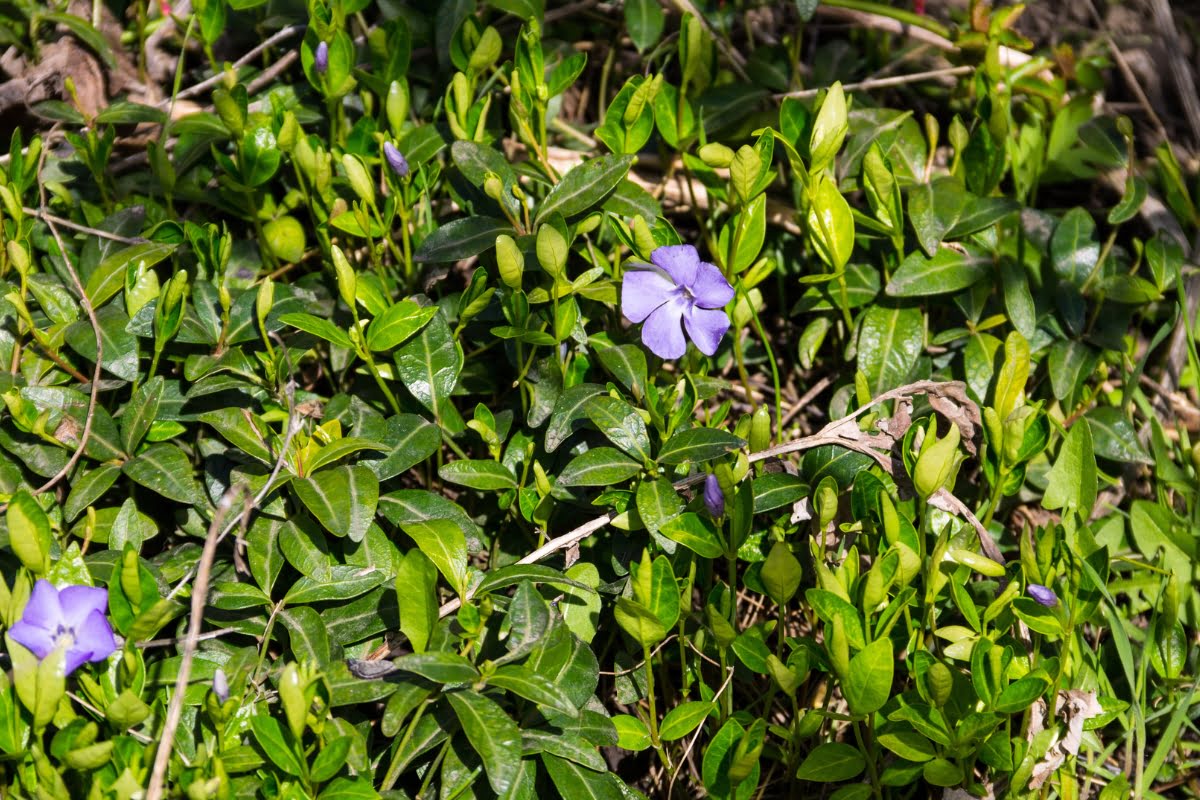

0 thoughts on “How To Grow Moss As Ground Cover”